How to water currants?
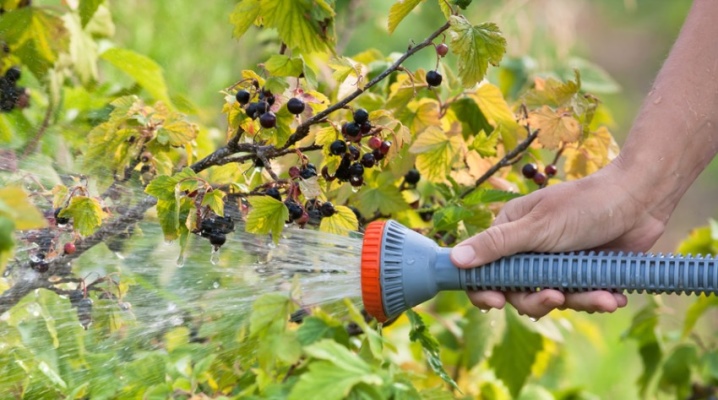
One of the most useful and popular berries in Russia is currant. They like to plant bushes in their dachas in order to create blanks for the winter or enjoy fresh berries. You should know how to properly water the currants in the summer in the heat, and about the methods of watering in the spring.
General rules
All fruit and berry crops need proper watering. It is impossible to achieve a rich harvest without moistening the soil. Taking care of currants, it is quite possible to get excellent yields over the years. It is important to properly moisturize the crop, especially at the most crucial moment of the growing season. Newbies in horticulture are wondering how to properly moisturize in order to achieve large and ripe currant berries.
A good harvest is impossible to achieve if you let everything go by itself and ignore the watering of the crop. Even the best and most expensive varieties of currants cannot reveal their potential with inadequate care. Due to errors in hydration, feeding, you can lose up to 90% of the fruits, and instead of healthy berries rich in vitamin C, you can get small tasteless fruits.
It should be noted that currants can do without frequent watering. Usually the bushes are watered 4-5 times a year as needed.

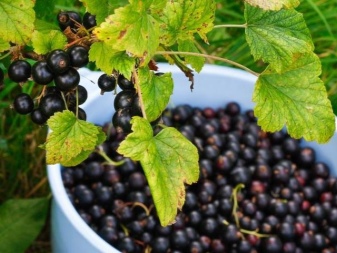
Red currant bushes tolerate drought more easily than black relatives, less need for watering. For this reason, red currants should be watered rarely, but abundantly, and black currants should be watered frequently and be sure to mulch the soil with straw. The watering schedule looks like this:
- in the last days of May, the first irrigation takes place, during this period the process of ovary formation is in progress;
- the second time the bushes are moistened when the berries are ripe;
- the third watering is carried out after harvesting the fruits, approximately in the first ten days of October, before wintering, if there is no rain.
Of course, if it rains, you cannot additionally moisten the soil. Excessive moisture can harm the health of currant bushes.

What kind of water is right?
Experienced gardeners advise to irrigate crops using the sprinkler method. With this watering, the soil is moistened evenly, without unnecessary work. To implement this method, you need to buy a device for fixing on a hose at any gardening store, which will uniformly disperse water around the berry bushes.
Often gardeners irrigate directly from the hose; they simply place the hose under the plant. As a result, currants are often sick, sometimes dying, because low temperature water contributes to hypothermia of the entire root system. So to the question of whether it is possible to moisten the soil with cold water, the answer is a categorical "no".
While watering directly with a hose is simple and convenient, a manual procedure doesn't take a lot of work, and it certainly won't harm your plants. It is important to ensure that water is supplied to the plants in the required volume. To do this, you can use such an effective technique: carefully, without touching the roots, dig a groove about 7 cm deep around the perimeter of the crown of the bush. Water must be poured directly into this groove. Also, fertilizers can be applied to it, which are guaranteed to get to the roots of the currant.

There is a simple way that gardeners resort to. It consists in the fact that with the help of boards and bricks, small dams are built to direct water to the desired place. In principle, the above-described method with digging a groove perfectly copes with this task.
Currant bushes are very fond of watering, but not excessive watering, in which sometimes there is stagnation of water. Stagnation causes diseases of the bush, and a huge number of weeds appear on the ground around the currant. It is best to moisturize slowly, calmly. First you need to pay attention to the soil. You need to loosen it up and see how wet it is. If the ground is dry to a depth of more than 15 cm, the currant bush must be watered with at least 40 liters of water (it must be warm, settled). If the soil is dry at a depth of 10 cm, no more than 20 liters of water is needed. When the soil is dry up to 5 cm, the bushes do not need watering.
It will also be quite useful to know how to keep the soil moisture near the root system longer. We'll have to work hard, apply currant mulching. For this purpose, compost, hay, neutral peat, rotted sawdust are suitable.
Mulch is very beneficial. Under its layer, moisture remains longer, the soil remains in a loose state for a long time. In addition, the soil is ventilated, which is important for plant health.
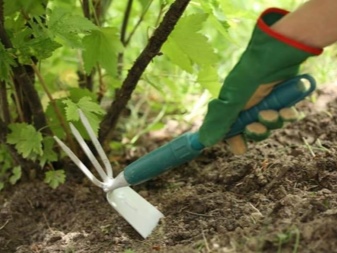
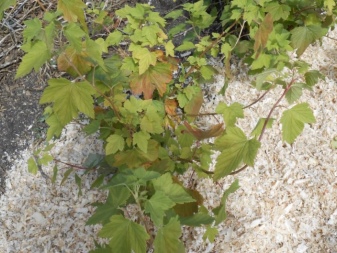
Also, this method is a good solution due to environmental friendliness, since all components used are natural.
How to water seedlings?
Watering the seedlings is carried out, taking into account some points. It is recommended to moisten the seedlings by irrigation, which is carried out before and after planting the bushes. First, the well prepared for planting is watered properly.
After planting, the recess is filled with earth to half, then water is poured in, about 5–7 liters. After these actions, the rest of the soil is poured and watering is carried out again in the amount of 25-30 liters. Water is poured not under the bush, but into the grooves dug around the seedling at a distance of 20-25 cm. The frequency of further procedures is as necessary.

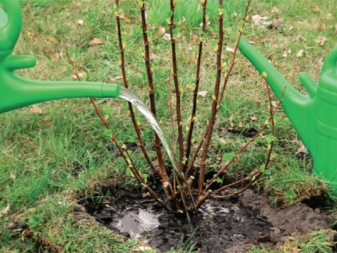
Terms and rates of water for adult bushes
Currant bushes do not need frequent watering, 4–5 times a year is enough. Thus, for 1 sq. m requires about 30-40 liters of water. The soil should be moist to a depth of 40-60 cm.
It will be correct to collect water in several barrels in advance before watering for heating and settling. Remove the old mulch just before watering. Water the currants correctly in the evening, before sunset. It is impossible to water the culture during the day, as the leaves of the bushes can get burned. But if the day turned out to be cloudy, watering is allowed. After moistening, fertilizer can be applied to the soil.
In dry summers, in hot weather, be sure to increase the amount of watering and do not forget to check how dry the soil is.
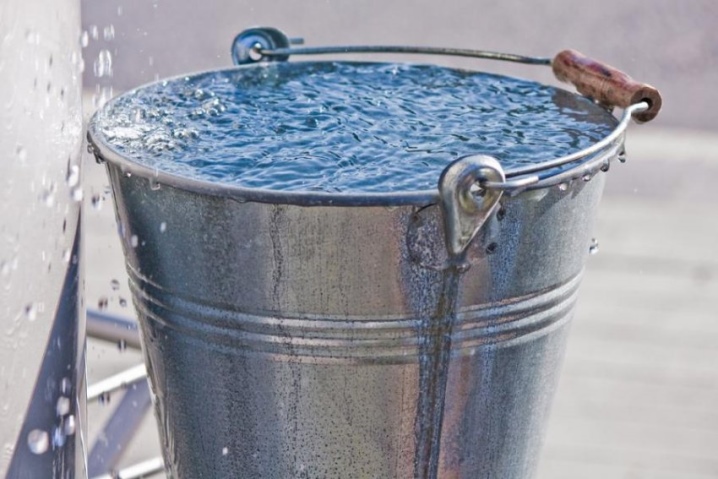
In the spring
After winter, every gardener has a hot season. This is the period of transplanting seedlings, reproduction, fertilizing shrubs. The main thing at this moment is to correctly calculate the start time of work, which falls on the interval between sleep and vegetation of plants.
There is a method common among experienced gardeners when the first irrigation of berry bushes is carried out in the first decades of spring. It is carried out with very hot water (approximately 80 °). This method neutralizes parasites that overwinter on currant leaves and branches. Also, boiling water destroys fungal spores that can cause dangerous diseases in the bushes. This method is very effective and brings excellent results.
Besides, with such irrigation, garden plants awaken after the winter period. The positive point is also that the immunity of currant bushes increases, they better resist harmful bacteria and various pests. The appearance of ovaries is also stimulated, there is a significant increase in their number, which is excellently reflected in the harvest.
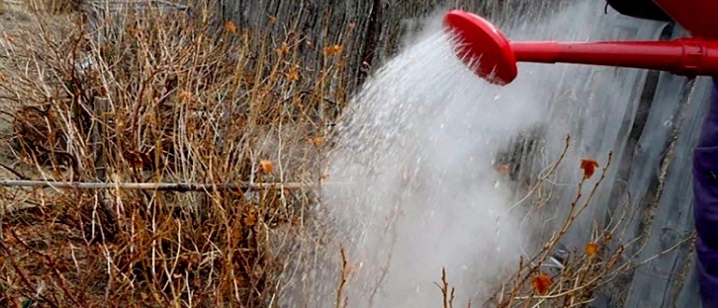
You need to know that you need to water the culture before awakening and opening the kidneys. The best days are at the end of March, when the last snow melts. It is recommended to tie all the branches of the bush with a rope in a circle and pull them off. This is done so that hot water gets to all problem areas of the plant, and all pests are destroyed.You don't have to worry about the roots - the water reaches them cooled down and will not cause harm.
The procedure requires several crystals of potassium permanganate and a bucket of boiling water. Dissolve potassium permanganate in boiling water, we get a light pink solution. We pour the liquid into the watering can, at this time the temperature of the solution decreases slightly. We water the bush with the resulting solution as carefully as possible so that an impromptu shower processes all the branches and soil around. Watering is carried out 1 time.
Currant blooms from late April to June. In the southern regions, the bushes can be watered during this period 1 time in 7 days. When transplanting a bush to a new place, 1 bucket per bush will be enough, but for older bushes (three years old or older), the rate should be doubled. Watering should be done only by the root method with warm water.
During the flowering period, many gardeners only spray the plants with a honey solution (1 teaspoon per 1 liter of water). This is how the flying pollinating insects of currants are attracted. Thanks to such measures, the ovaries are less likely to crumble, and the yield increases.
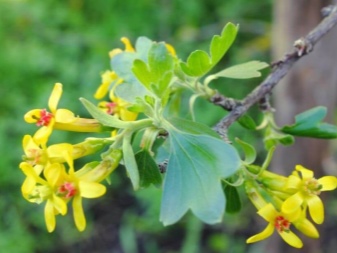

Summer
Watering during the ripening period of currant berries is carried out exclusively with warm and settled water. When fruiting occurs, both watering and fertilization of currants are important. Gardeners use fertilizing with manure, urea, whey, starch, potato peelings.
The first summer moistening is carried out during the berry filling period. And the second time - after fruiting. You need 3–3.5 buckets of water per square meter, in the heat - 4 buckets. The method of sprinkling is optimal, as well as irrigation along the furrows. It is important not to dig them deep, so as not to hurt the currant root system, which is close to the surface.
In summer, consider the quality of the soil. If the soil is sandy, then the plants need watering at least once a week, of course, if there is no rain. Do not forget to mulch the soil with dry grass, bark, sawdust. The water will evaporate less, and the roots of the bushes will not get sunburn.
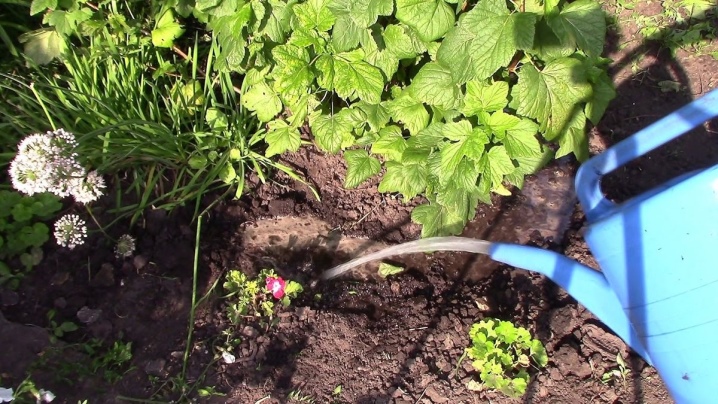
Loosening the soil is also important because it helps fight pests and helps oxygenate the hardened earth.
In autumn
If in the fall the currant bushes experience a moisture deficit, then the bushes will tolerate wintering worse. This will negatively affect the future harvest. The roots of the bushes are located shallow in the ground, and the need for water is great. Therefore, in a dry autumn season, the bushes must be watered. Watering is best done in grooves around the bushes. After that, apply mineral fertilizers, since after picking the berries, new flower buds are laid.
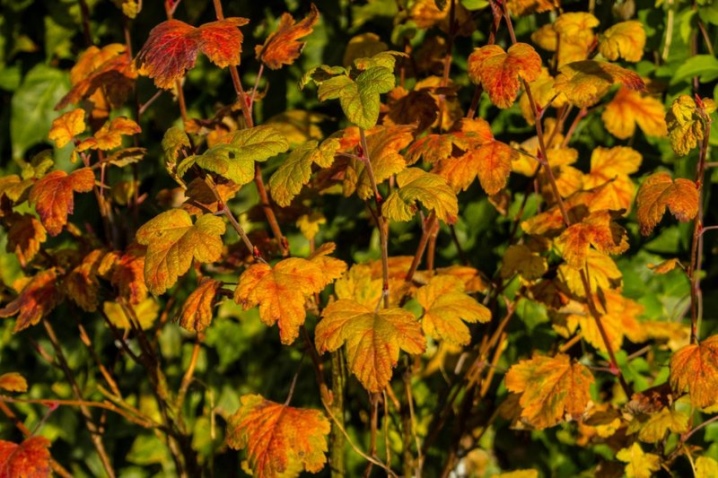
Frequent mistakes
The most common mistakes, alas, relate to the moistening of the berry culture. It must be remembered that currants are very much in need of moisture. And when it grows in the wild, it chooses places near water bodies. Experienced gardeners are advised to moisten the crop on time, pay close attention to the weather conditions. With due attention, you will get tasty, aromatic, healthy berries from currant branches.
The reaction of plants to a lack of water is painful. With insufficient watering, you cannot count on a generous harvest. Black currant is especially hard to tolerate the lack of water in the soil. Often there is a delay in plant growth, and very few berries are tied, and they grow small, dryish, with a thick dense skin. The palatability drops significantly.
But excessive watering is also harmful and dangerous because the berries are subsequently cracked, the bushes are affected by fungal diseases. Stagnant water causes rotting of the root system. For each bush in the summer, spend from 2 to 5 buckets of water, the earth should be moistened to a depth of 40 cm.
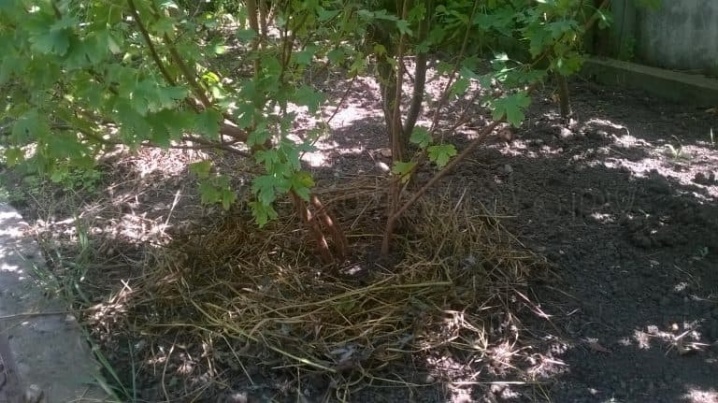
If you forget to mulch the soil, then in the absence of a layer of mulch, the soil quickly dries up, becomes covered with weeds, taking moisture and nutrients from it. This is extremely unfavorable for the berry bushes themselves and negatively affects the harvest.
For information on how to water currants, see the next video.













The comment was sent successfully.